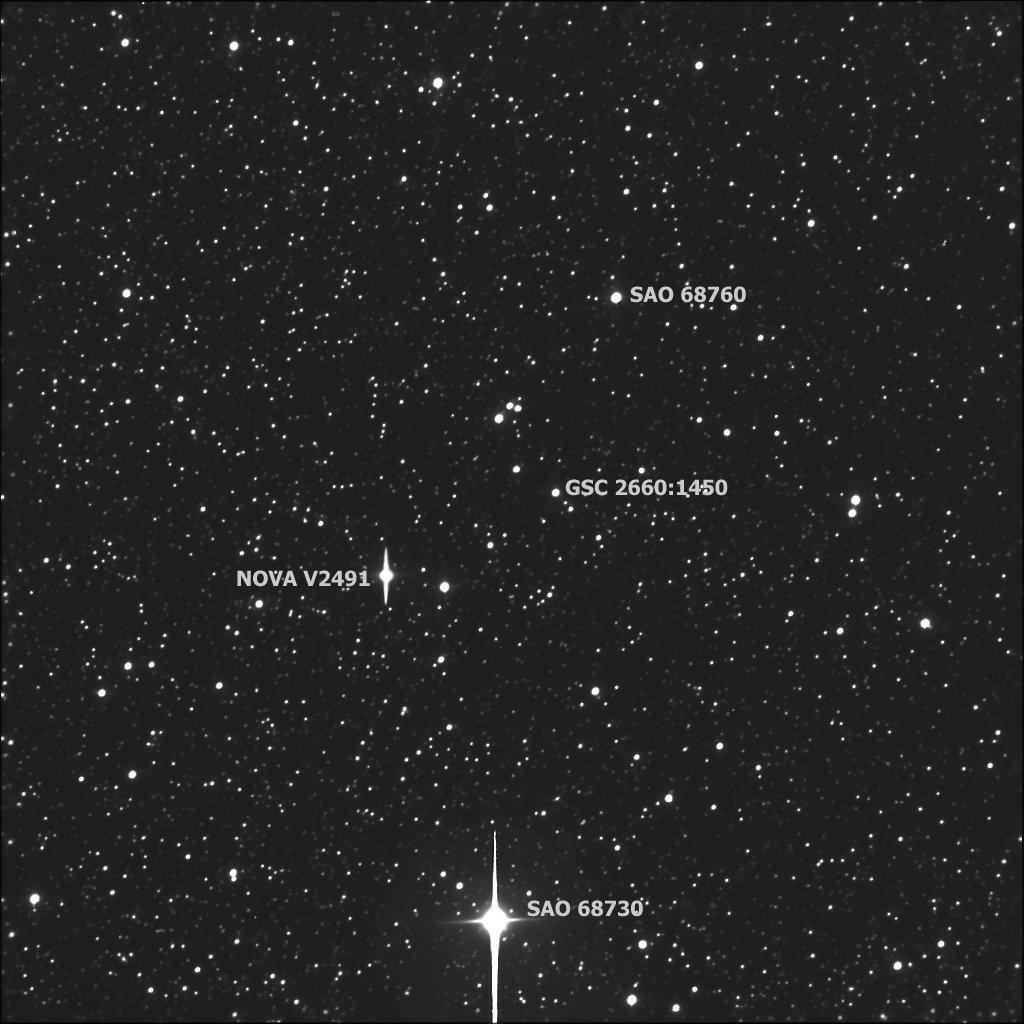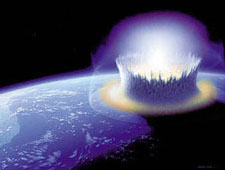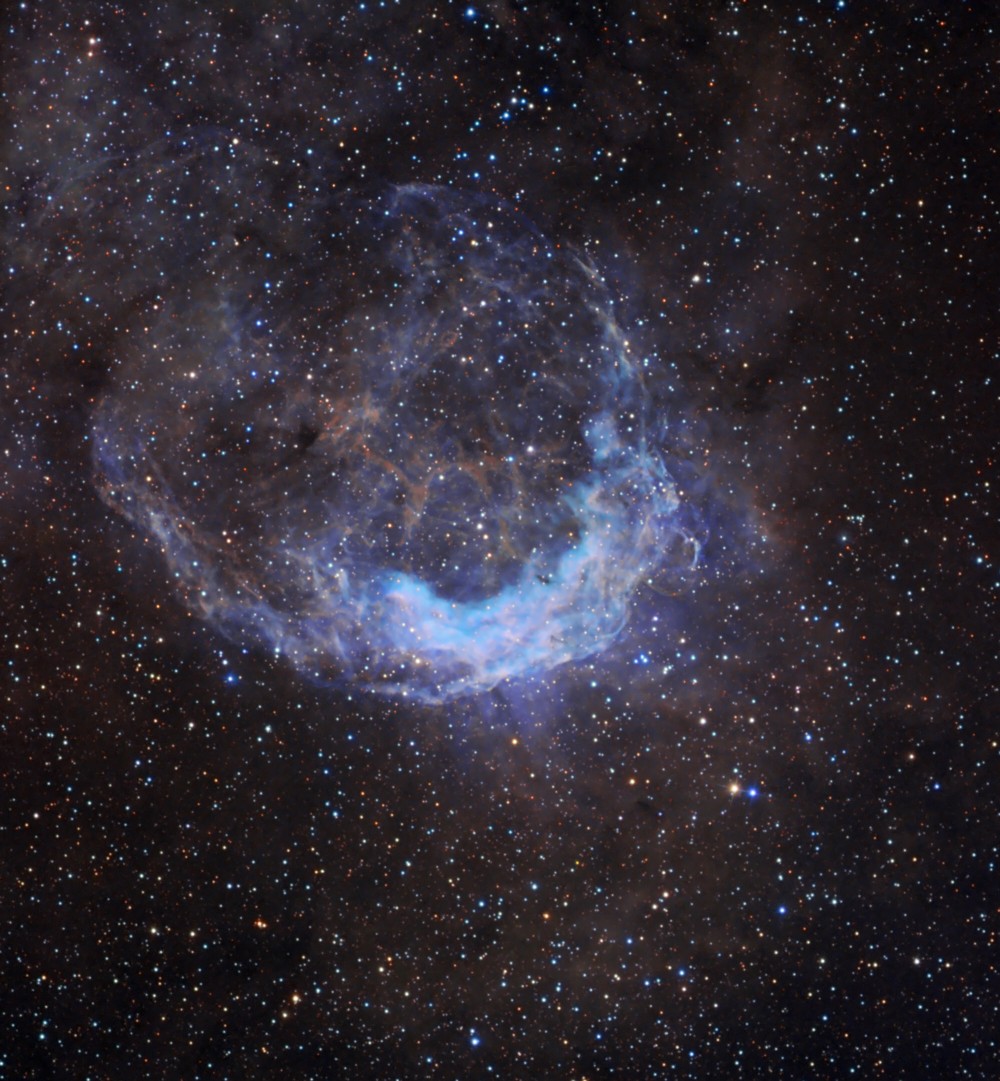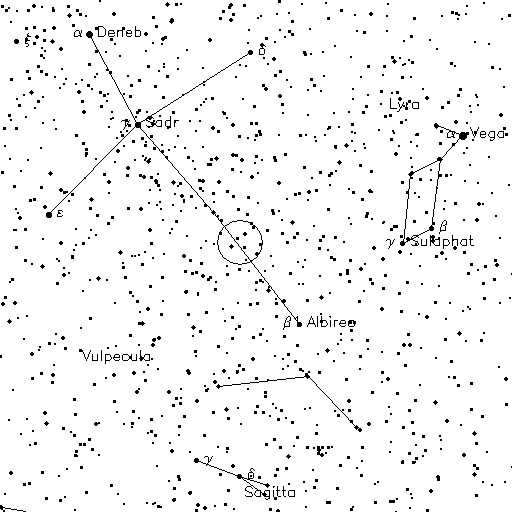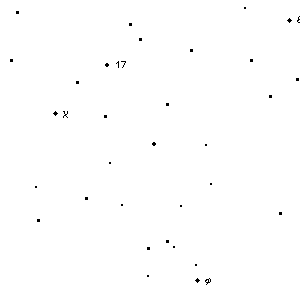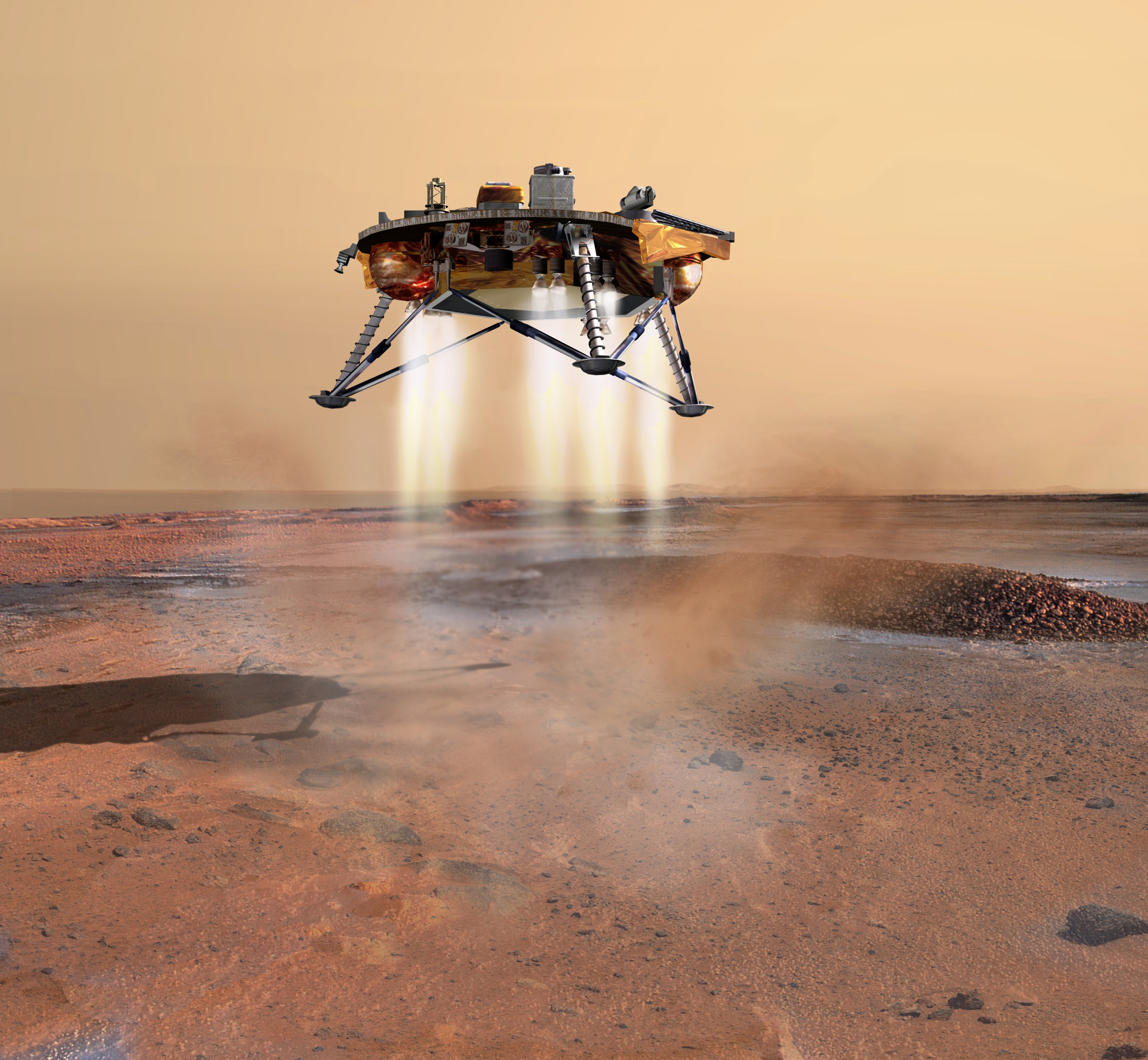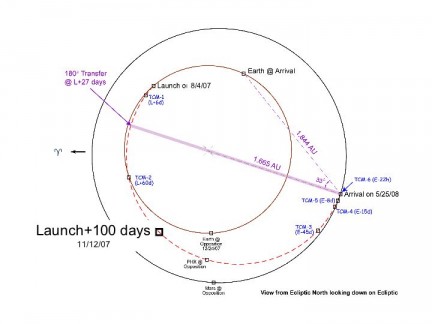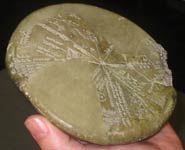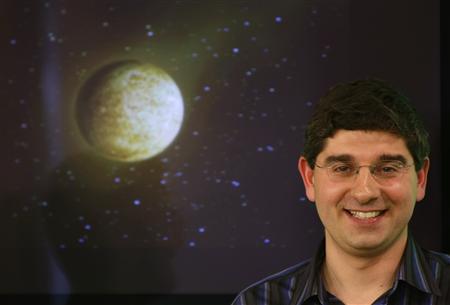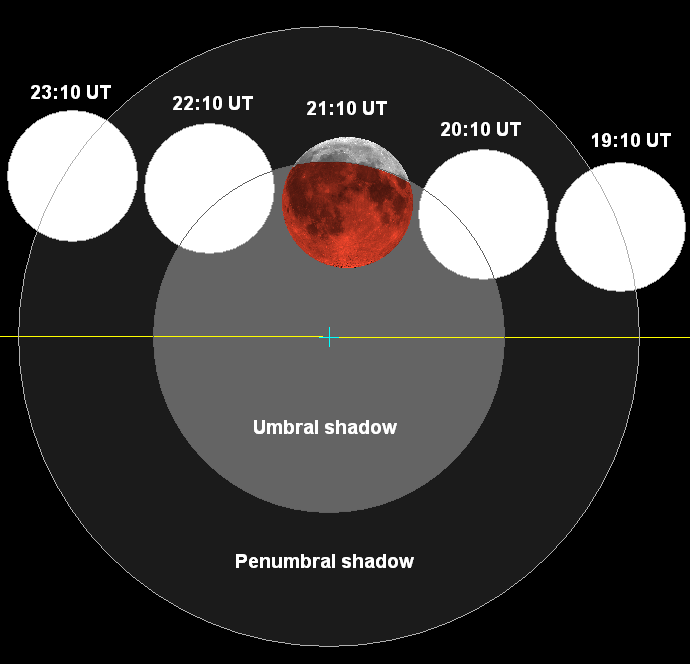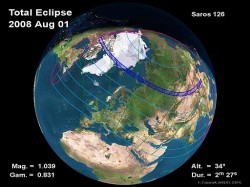Astronomy is best when you get outside and look into the skies with your own eyes. And the best way to get started is with a set of binoculars for astronomy. They’re light, durable, easy to use, and allow you to see objects in the night sky that you just couldn’t see with your own eyes. There are so many kinds of binoculars out there, so we’ve put together this comprehensive guide to help you out.
Everyone should own a pair of binoculars. Whether you’re interested in practicing serious binocular astronomy or just want a casual cosmic close-up, these portable “twin telescopes” are both convenient and affordable. Learning more about how binoculars work and what type of binoculars work best for astronomy applications will make you much happier with your selection. The best thing to do is start by learning some binocular “basics”.
What are binoculars and how do they work?
Binoculars are both technical and simple at the same time. They consist of an objective lens (the large lens at the far end of the binocular), the ocular lens (the eyepiece) and a prism (a light reflecting, triangular sectioned block of glass with polished edges).
The prism folds the light path and allows the body to be far shorter than a telescope. It also flips the image around so it doesn’t look upside-down. The traditional Z-shaped porro prism design is well suited to astronomy and consists of two joined right-angled prisms which reflects the light path 3 times. The sleeker, straight barrelled roof prism models are more compact and far more technical. The light path is longer, folding 4 times and requires stringent manufacturing quality to equal the performance. These models are better suited to terrestrial subjects, and are strongly not recommended for astronomy use.
If you’re using binoculars for astronomy, go with a porro prism design.
Choosing the Lens Size
Every pair of binoculars will have a pair of numbers associated with it: the magnifying power times (X) the objective lens size. For example, a popular ratio is 7X35. For astronomical applications, these two numbers play an important role in determining the exit pupil – the amount of light the human eye can accept (5-7mm depending on age from older to younger). By dividing the objective lens (or aperture) size by the magnifying power you can determine a pair of binoculars exit pupil.
Like a telescope, the larger the aperture, the more light gathering power – increasing proportionately in bulk and weight. Stereoscopic views of the night sky through big binoculars is an incredible, dimensional experience and one quite worthy of a mount and tripod! As you journey through the binocular department, go armed with the knowledge of how to choose your binoculars lens size.
Why does the binocular lens size matter? Because binoculars truly are a twin set of refracting telescopes, the size of the objective (or primary) lens is referred to as the aperture. Just as with a telescope, the aperture is the light gathering source and this plays a key role in the applications binoculars are suited for. Theoretically, more aperture means brighter and better resolved images – yet the size and bulk increases proportionately. To be happiest with your choice, you must ask yourself what you’ll be viewing most often with your new binoculars. Let’s take a look at some general uses for astronomy binoculars by their aperture.
Different Sizes of Binoculars
Binoculars with a lens size of less that 30mm, such as 5X25 or 5X30, are small and very portable. The compact models can fit easily into a pocket or backpack and are very convenient for a quick look at well-lit situations. In this size range, low magnifications are necessary to keep the image bright.
Compact models are also great binoculars for very small children. If you’re interested in choosing binoculars for a child, any of these models are very acceptable – just keep in mind a few considerations. Children are naturally curious, so limiting them to only small binoculars may take away some of the joy of learning. After all, imagine the thrill of watching a raccoon in its natural habitat at sundown… Or following a comet! Choose binoculars for a child by the size they can handle, whether the model will fold correctly to fit their interpupilary size, and durability. Older children are quite capable of using adult-sized models and are naturals with tripod and monopod arrangements. For less than the price of most toys, you can put a set of quality optics into their hands and open the door to learning. Children as young as 3 or 4 years old can handle 5X30 models easily and enjoy wildlife and stargazing both!
Binocular aperture of up to 40mm is a great mid-range size that can be used by almost everyone for multiple applications. In this range, higher magnification becomes a little more practical. For those who enjoy stargazing, this is an entry level aperture that is very acceptable to study the Moon and brighter deep sky objects and they make wonderful binoculars for older children.
Binoculars up to 50-60mm in lens size are also considered mid-range, but far heavier. Again, increasing the objective lens size means brighter images in low light situations – but these models are a bit more bulky. They are very well suited to astronomy, but the larger models may require a support (tripod, monopod, car window mount) for extended viewing. Capable of much higher magnification, these larger binocular models will seriously help to pick up distant, dimmer subjects such as views of distant nebulae, galaxies and star clusters. The 50mm size is fantastic for older children who are ready for more expensive optics, but there are drawbacks.
The 50-60mm binoculars are pushing the maximum amount of weight that can be held comfortably by the user without assistance, but don’t rule them out. Available in a wide range of magnifications, these models are for serious study and will give crisp, bright images. Delicate star clusters, bright galaxies, the Moon and planets are easily distinguishable in this aperture size. These models make for great “leave in the car” telescopes so you always have optics at hand. For teens who are interested in astronomy, binoculars make an incredible “First Telescope”. Considering a model in this size will allow for most types of astronomical viewing and with care will last through a lifetime of use.
Binoculars any larger than 50-60mm are some serious aperture. These are the perfect size allowing for bright images at high magnification. For astronomy applications, binoculars with equations like 15X70 or 20X80 are definitely going to open a whole new vista to your observing nights. The wide field of view allows for a panoramic look at the heavens, including extended comet tails, large open clusters such as Collinder Objects, starry fields around galaxies, nebulae and more… If you have never experienced binocular astronomy, you’ll be thrilled at how easy objects are to locate and the speed and comfort at which you can observe. A whole new experience is waiting for you!
Binocular Magnification
When choosing binoculars for astronomy, just keep in mind that all binoculars are expressed in two equations – the magnifying power X the objective lens size. So far we have only looked at the objective lens size. Like a telescope, the larger the aperture, the more light gathering power – increasing proportionately in bulk and weight. Stereoscopic views of the night sky through big binoculars is an incredible, dimensional experience, but for astronomical applications we need these two numbers to play an important role in determining the exit pupil – the amount of light the human eye can accept. By dividing the objective lens (or aperture) size by the magnifying power you can determine a pair of binoculars exit pupil. Let’s take a look at why that’s important.
How do binoculars magnify? What’s the best magnification to use? What magnifying power do I choose for astronomy? Where do I learn about what magnifying power is best in binoculars? Because binoculars are a set of twin refracting telescopes meant to be used by both eyes simultaneously, we need to understand how our eyes function. All human eyes are unique, so we need to take a few things into consideration when looking at the astronomy binocular magnification equation.
By dividing the objective lens (or aperture) size by the magnifying power you can determine a pair of binoculars exit pupil and match it to your eyes. During the daylight, the human eye has about 2mm of exit pupil – which makes high magnification practical. In low light or stargazing, the exit pupil needs to be more around 5 to be usable.
While it would be tempting to use as much magnification as possible, all binoculars (and the human eye) have practical limits. You must consider eye relief – the amount of distance your eye must be away from the secondary lens to achieve focus. Many high “powered” binoculars do not have enough outward travel for eye glass wearers to come to focus without your glasses. Anything less than 9mm eye relief will make for some very uncomfortable viewing. If you wear eyeglasses to correct astigmatism, you may wish to leave your glasses on while using binoculars, so look for models which carry about 15mm eye relief.
Now, let’s talk about what you see! If you look through binoculars of two widely different magnifying powers at the same object, you’ll see you have the choice of a small, bright, crisp image or a big, blurry, dimmer image – but why? Binoculars can only gather a fixed amount of light determined by their aperture (lens size). When using high magnification, you’re only spreading the same light over a larger area and even the best binoculars can only deliver a certain amount of detail. Being able to steady the view also plays a critical role. At maximum magnification, any movement will be exaggerated in the viewing field. For example, seeing craters on the Moon is a tremendous experience – if only you could hold the view still long enough to identify which one it is! Magnification also decreases the amount of light that reaches the eye. For these reasons, we must consider the next step – choosing the binocular magnification – carefully.
Binoculars with 7X magnifying power or less, such as 7X35, not only delivers long eye relief, but also allows for variable eye relief that is customizable to the user’s own eyes and eyeglasses. Better models have a central focus mechanism with a right eye diopter control to correct for normal right/left eye vision imbalance. This magnification range is great for most astronomy applications. Low power means less “shake” is noticed. Binoculars with 8X or 9X magnification also offer long eye relief, and allows comfort for eyeglass wearers as well as those with uncorrected vision. With just a bit more magnification, they compliment astronomy. Binoculars 10 x 50 magnifying power are a category of their own. They are at the edge of multipurpose eye relief and magnifying power at this level is excellent across all subject matter. However, larger aperture is recommended for locating faint astronomy subjects.
Binoculars with 12-15X magnifying power offer almost telescopic views. In astronomy applications, aperture with high magnification is a must to deliver bright images. Some models are extremely well suited to binocular astronomy with a generous exit pupil and aperture combined. Binoculars with 16X magnification and higher are on the outside edge of high magnification at hand-held capabilities. They are truly designed exclusively as mounted astronomical binoculars. Most have excellent eye relief, but when combined with aperture size, a tripod or monopod is suggested for steady viewing. If you’re interested in varying the power, you might want to consider zoom binoculars. These allow for a variety of applications that aren’t dependent solely on a single feature. Models can range anywhere from as low as 5X magnification up to 30X, but always bear in mind the higher the magnification – the dimmer the image. Large aperture would make for great astronomy applications when a quick, more magnified view is desired without being chained to a tripod.
Other Binocular Features
The next thing to do is take a good look at the binoculars you are about to purchase. Check out the lenses in the light. Do you see blue, green, or red? Almost binoculars have anti-reflection coatings on their air to glass surfaces, but not all are created equal. Coatings on binocular lenses were meant to assist light transmission of the object you’re focusing on and cancelling ambient light. Simply “coated” in the description means they probably only have this special assistance on the first and last lens elements – the ones you’re looking at. The same can also be said of the term “multi-coated”, it’s probably just the exterior lens surface, but at least there’s more than one layer! “Fully coated” means all the air-to-glass surfaces are coated, which is better… and “fully multi-coated” is best. Keeping stray light from bouncing around and spoiling the light you want to see is very important, but beware ruby coated lenses… These were meant for bright daylight applications and will rob astronomical binoculars of the light they seek.
Last, but not least, is a scary word – collimation. Don’t be afraid of it. It only means the the optics and the mechanics are properly aligned. Most cheap binoculars suffer from poor collimation, but that doesn’t mean you can’t find an inexpensive pair of binoculars that are well collimated. How can you tell? Take a look through them with both eyes. If you can’t focus at long distance, short distance and a distance in-between, there is something wrong. If you can’t close either eye and come to focus with the other, there’s something wrong. Using poorly collimated binoculars for any length of time causes eye strain you won’t soon forget.
Price range for Astronomy Binoculars
So, how much? What does a good pair of binoculars for astronomy cost? First look for a quality manufacturer. Just because you’ve chosen a good name doesn’t mean you’re draining your pocket. Smaller astronomy binoculars of high quality are usually around or under $25. Mid-sized astronomy binoculars range from $50 to $75 as a rule. Large astronomy binoculars can run from a little over $100 to several hundred dollars. Of course, choosing a high-end pair of binoculars of any size will cost more, but with proper care they can be handed down through generations of users. Keep in mind little things that might be good for your applications, like rubber-coated binoculars for children who bang them around more, or fog-proof lenses if you live in a high humidity area. Cases, lens caps and neck straps are important, too.
Some Suggested Binoculars
The purpose of this guide was to help you understand how to choose the best binoculars for astronomy. But if you trust me, and just want some suggestions… here you go.
For all purpose astronomy binoculars, I’d recommend the Celestron Up-Close and Ultima Series as well as Meade Travel View. Nikkon and Bushnell binoculars in this size range are an investment, and best undertaken after you decide if binocular astronomy and this size is right for you. Amazon.com offers a wide range of these binoculars.
While so much information on binoculars may seem a little confusing at first, just a little study will take you on your way to discovering astronomy binoculars that are perfect for you!


